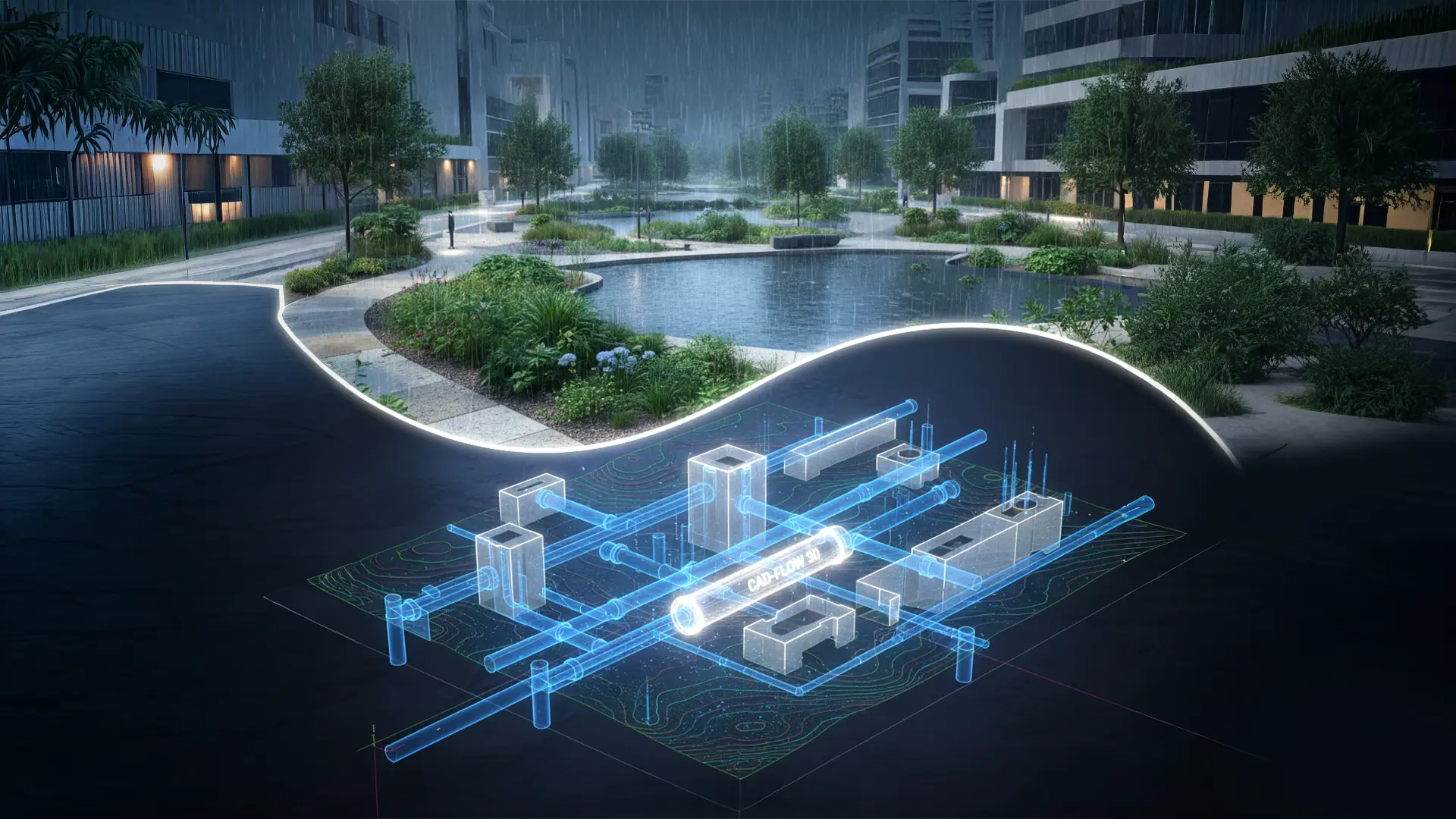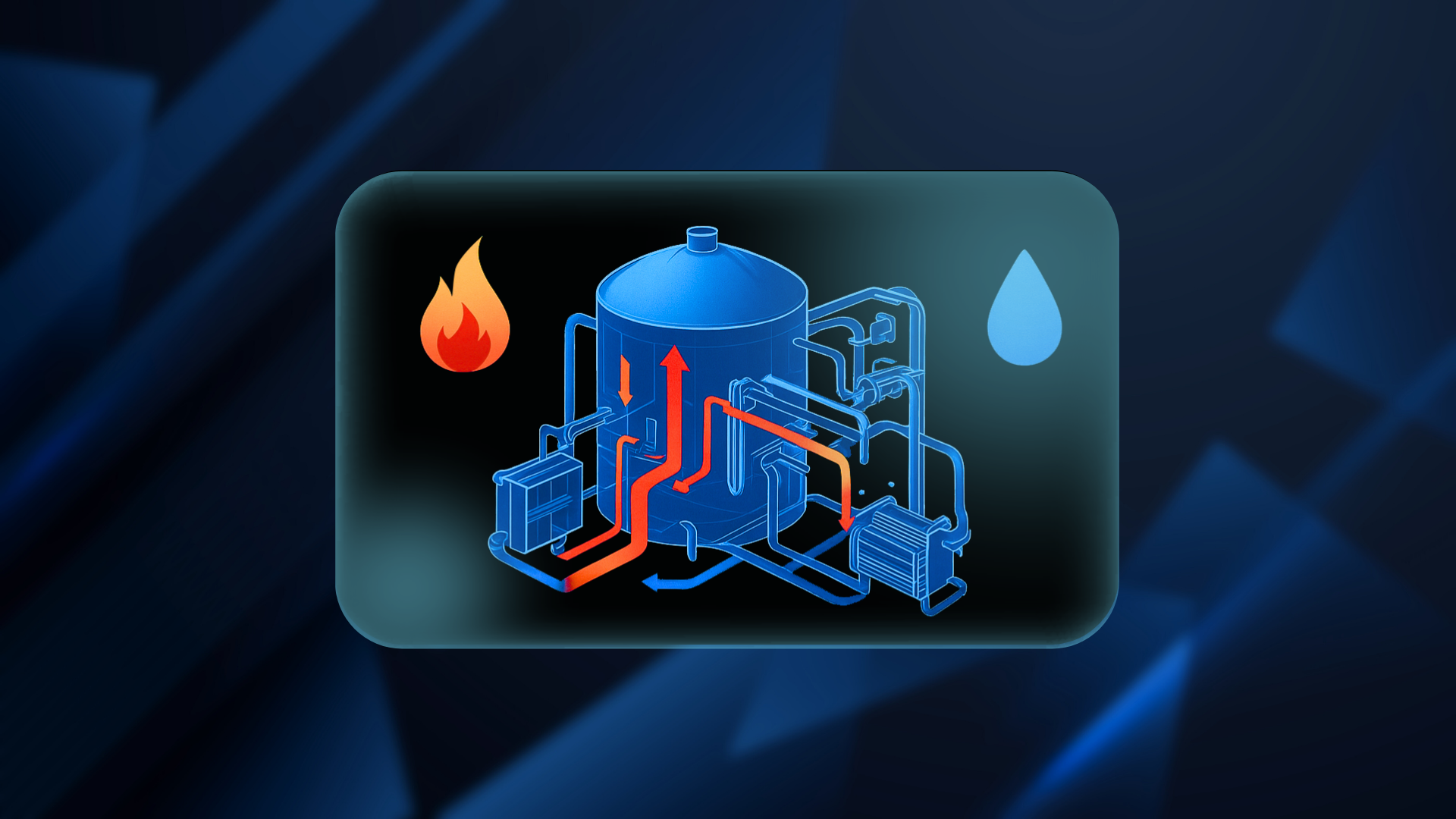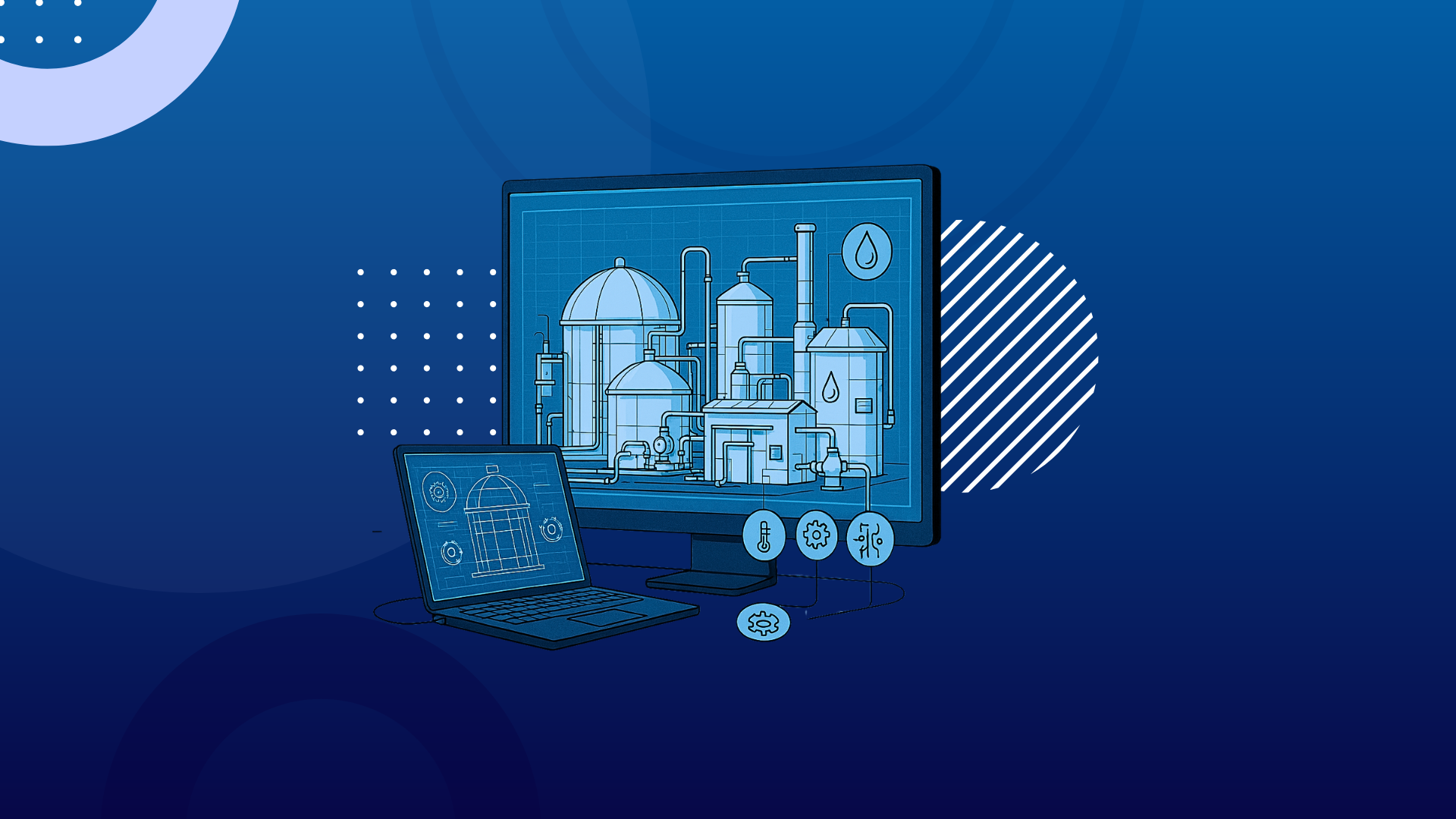Integrating Smart Sensors and IoT in Agrivoltaics with CAD
This is not just a blog but a story depicting how technology-driven design transforms sustainable agriculture. CAD Connect, your trusted CAD partner, explores agrivoltaics and how CAD can empower its applications.
Picture yourself in the Andes, where golden rays kiss the mountaintops, and life revolves around the sun. In Incan mythology, Inti, the Sun God, was more than just a celestial body, he was the giver of life, warmth, and harvests. The Incas believed their emperors descended from Inti, making him both a cosmic power and the foundation of their rule. Each year, the Inti Raymi festival honored him, praying for fertile lands and prosperity.
Just as the Incas revered the sun for sustenance, modern innovations harness its power through agrivoltaics: a system combining solar energy with farming. By placing solar panels over crops, agrivoltaics optimize land use, reduce evaporation, and enhance plant growth. What was once divine is now a key to sustainable agriculture. By integrating CAD and IoT, CAD Connect is redefining the blueprint for efficient, eco-friendly farming, optimizing land use, and enhancing productivity for a greener future.
Agrivoltaics and Its Importance
Agrivoltaics, also known as solar farming or dual-use solar, is the practice of integrating photovoltaic (PV) panels with agricultural activities on the same land. This approach allows both crop production and solar energy generation to coexist, optimizing land use efficiency
Dual Land Use in Agrivoltaics
This approach aims to optimize land use by combining solar power production with agricultural practices such as crop farming, livestock grazing, or pollinator habitats. The National Renewable Energy Laboratory has identified 314 agrivoltaic projects in the United States as of March 2023, representing over 2.8GW of solar capacity. (NREL 2023) .These projects primarily focus on grazing and pollinator habitat, with relatively fewer integrating crop production. Solar panels can offer shade that alleviates heat stress, optimizes light conditions, and reduces water evaporation from the soil, which can increase crop yields, reduce water use for irrigation, and extend growing seasons, especially in drylands or drought-prone areas. Planting native vegetation can provide ecosystem services such as soil restoration, carbon sequestration, water management, dust mitigation, erosion control, pollinator habitat, and habitat for other bird or wildlife species.
Challenges in Agrivoltaic Implementation
Technical Complexity: Agrivoltaic sites require wider spacing between panel rows, higher panel heights, and modifications for irrigation, wind stress, livestock, and worker safety, increasing costs and risks for developers.
Regulatory and Policy Issues: State and county regulations governing solar development vary and can pose challenges for both solar developers and farmers.
High Upfront Costs: The initial investment for agrivoltaic systems can be substantial due to modified system structures and complex design and installation.
Role of Smart Sensors in Agrivoltaics
Smart sensors play a crucial role in agrivoltaics by monitoring environmental conditions, enabling real-time adjustments, and optimizing both crop productivity and energy generation. These sensors provide valuable data that helps farmers make informed decisions and automate processes, leading to more sustainable and profitable outcomes.
Type of Sensors
Light Intensity Sensors: These sensors measure the amount of sunlight reaching the crops, helping adjust the positioning of solar panels to ensure optimal light distribution for both energy generation and plant health.
Soil Moisture Sensors: Essential for precision irrigation, these sensors ensure that crops receive the right amount of water, conserving water and preventing over- or under-watering, which can impact crop yields.
Temperature and Humidity Sensors: Monitoring ambient temperature and humidity levels helps create optimal microclimates for crops, enabling adjustments to shading provided by solar panels or triggering cooling systems when necessary.
Wind Speed Sensors: These sensors can protect both crops and solar panels from damage during high winds, and the data can be used to adjust the tilt or orientation of the panels to reduce wind resistance.
IoT in Agrivoltaic Systems
The Internet of Things (IoT) is significantly enhancing agrivoltaics systems by enabling real-time data collection, remote monitoring, and automated control, optimizing both crop production and energy generation. IoT integrates various smart devices and sensors to create a connected ecosystem that supports efficient and sustainable farming practices.
Components of IoT in Agrivoltaics
IoT in agrivoltaics integrates sensors, data transmission, cloud infrastructure, control systems, and user interfaces to optimize system performance. Sensors collect environmental data such as soil moisture, temperature, humidity, light intensity, and wind speed, which is transmitted wirelessly via networks like LoRaWAN to a central gateway. This data is stored and processed in the cloud, enabling real-time analysis for informed decision-making. Automated control systems adjust irrigation, shading, and other factors to enhance crop growth and energy production. Farmers and operators can remotely monitor and manage the system through intuitive dashboards and applications, ensuring efficiency and sustainability.
How CAD Enhances Agrivoltaic System Design and Implementation
Optimizing Solar Panel Placement: CAD software helps analyze sun angles, shading patterns, and terrain variations to determine the most efficient placement of solar panels. This ensures maximum energy generation while minimizing shading on crops, allowing for a balanced integration of energy production and agriculture. Advanced simulations help optimize tilt angles, panel spacing, and seasonal adjustments to enhance overall system performance.
Modeling Agricultural Layouts: By creating detailed 3D models of agricultural plots, CAD enables precise planning of crop arrangements that account for shade tolerance and growth requirements. It helps in designing row spacing, irrigation layouts, and pathways for farm equipment, ensuring that the agricultural system remains productive while coexisting with solar infrastructure. This improves land-use efficiency and promotes sustainable farming practices.
Simulating Environmental Impacts: CAD, combined with digital twin technology, allows for the simulation of environmental factors such as changes in temperature, humidity, and soil moisture due to the presence of solar panels. These simulations provide insights into microclimate variations, water distribution efficiency, and potential crop yield fluctuations, enabling data-driven decision-making. This predictive modeling helps farmers and engineers fine-tune system parameters for improved long-term sustainability and productivity.
Integrating smart sensors and IoT in agrivoltaics enhances efficiency, sustainability, and resource optimization by enabling real-time monitoring, automated control, and data-driven decision-making. Advanced design tools help optimize solar panel placement, improve agricultural layouts, and simulate environmental impacts, ensuring maximum energy production and crop yield. With precise planning and seamless technology integration, agrivoltaic systems can achieve greater resilience and productivity. However, what is pivotal is partnering with an experienced CAD partner for cost-efficient solutions. Reach out to CAD Connect to explore advanced solutions and assist our journey toward the future of sustainable agrivoltaic innovation.






